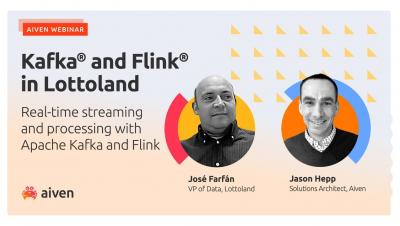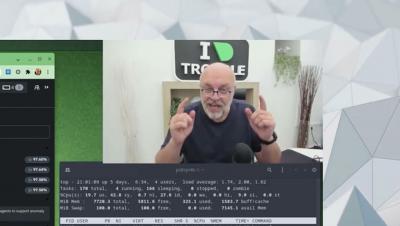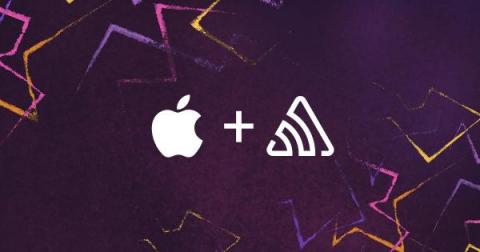Operations | Monitoring | ITSM | DevOps | Cloud
Technology
The latest News and Information on APIs, Mobile, AI, Machine Learning, IoT, Open Source and more!
Synthetic API Monitoring brings proactive monitoring to modern microservices environments
Learn how AppDynamics can help you proactively monitor the availability and performance of your APIs.
Artificial Intelligence Is Changing Soccer And Could Decide The 2022 World Cup
Refereeing decisions at the World Cup have been debated decades later. From whether the ball crossed the line in the final in 1966, through Diego Maradona’s “Hand of God” two decades later, to some of the decisions made by the video assistant referee at Russia 2018, any perceived mistake by the referee will be scrutinized by fans years later. Referees need all the help they can get, and they could be about to be given a hand from artificial intelligence.
Machine learning for infrastructure monitoring and troubleshooting, explained
Kubernetes Load Test Tutorial
In this blog post we use podtato-head to demonstrate how to load test kubernetes microservices and how Speedscale can help understand the relationships between them. No, that's not a typo, podtato-head is an example microservices app from the CNCF Technical Advisory Group for Application Delivery, along with instructions on how to deploy it in numerous different ways. There are more than 10 delivery examples, you will surely learn something by going through the project. We liked it so much we forked the repo to contribute our improvements.
API Testing: An Introduction
Digital businesses are making a radical change in the way they build and deliver software. Gone are the days of apps that rely solely on in-house tools. Rather, today’s apps are increasingly dependent on external APIs and third-party app providers (which, in turn, are reliant on other APIs and apps). While this type of modularity allows for product flexibility and rapid development, it can be difficult to address any issues that arise.
Monitor your gRPC APIs with Datadog Synthetic Monitoring
gRPC is an open source Remote Procedure Call (RPC) framework developed by Google and released in 2016. Although gRPC is still relatively new, large organizations are adopting it in increasing numbers to build APIs to connect complex microservice meshes that use disparate languages and frameworks. gRPC-based APIs can process requests up to seven times faster than REST APIs, and they also allow customers to easily implement SSL authentication, load balancing, and tracing via plug-in libraries.
Walkthrough of Netdata's Machine Learning-based Anomaly Detection debugging a Raspbian issue
Improve Performance in Your iOS Applications - Part 1
Since inception back in 2007, Apple and the iOS ecosystem has drastically improved with a plethora of changes and new features added (or removed) over time. At the same time, the size of the applications and the data has consistently grown. This has its own impact on the powerhouse in your hand - the iOS device. Developers strive to design the best experience, often compromising speed and performance.











